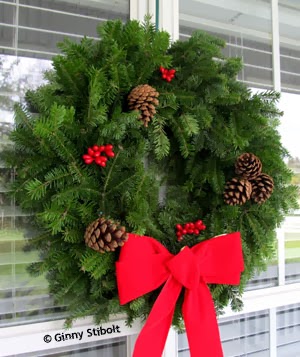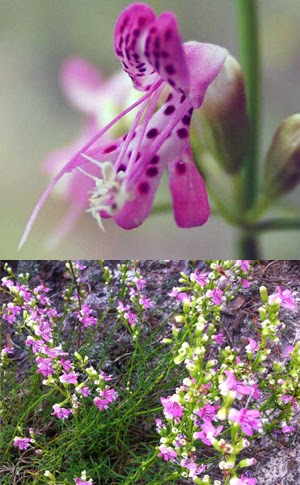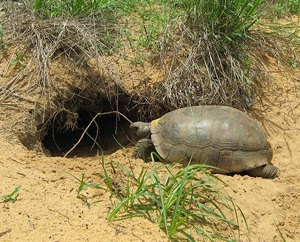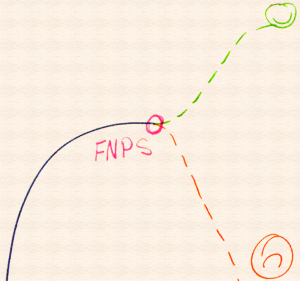Go Green in 2014

By Laurie Sheldon Most of us are not so perfect. Except me, of course. ;-) Well, here we are at the close of another year. For most of us, it's a time for reflecting on the past and determining what changes we hope to make in the future. This process typically boils down to making one or many resolutions about how we're going to turn those hopes into realities. Now, I've been on this earth for more years than I'd like to admit, and I must say that I've met very few people who actually follow through on these resolutions indefinitely. Why? Maybe they're too vague or a touch too ambitious. That's one to talk over with your respective headshrinkers. I'm not here to psychoanalyze. Rather, I'd like to make a few unsolicited suggestions (just humor me, please) for some green resolutions we can all make good on through 2014 (and beyond). Here goes... Dish Out If you enjoy following us on Facebook/Twitter or reading our blog and you aren't alre...







